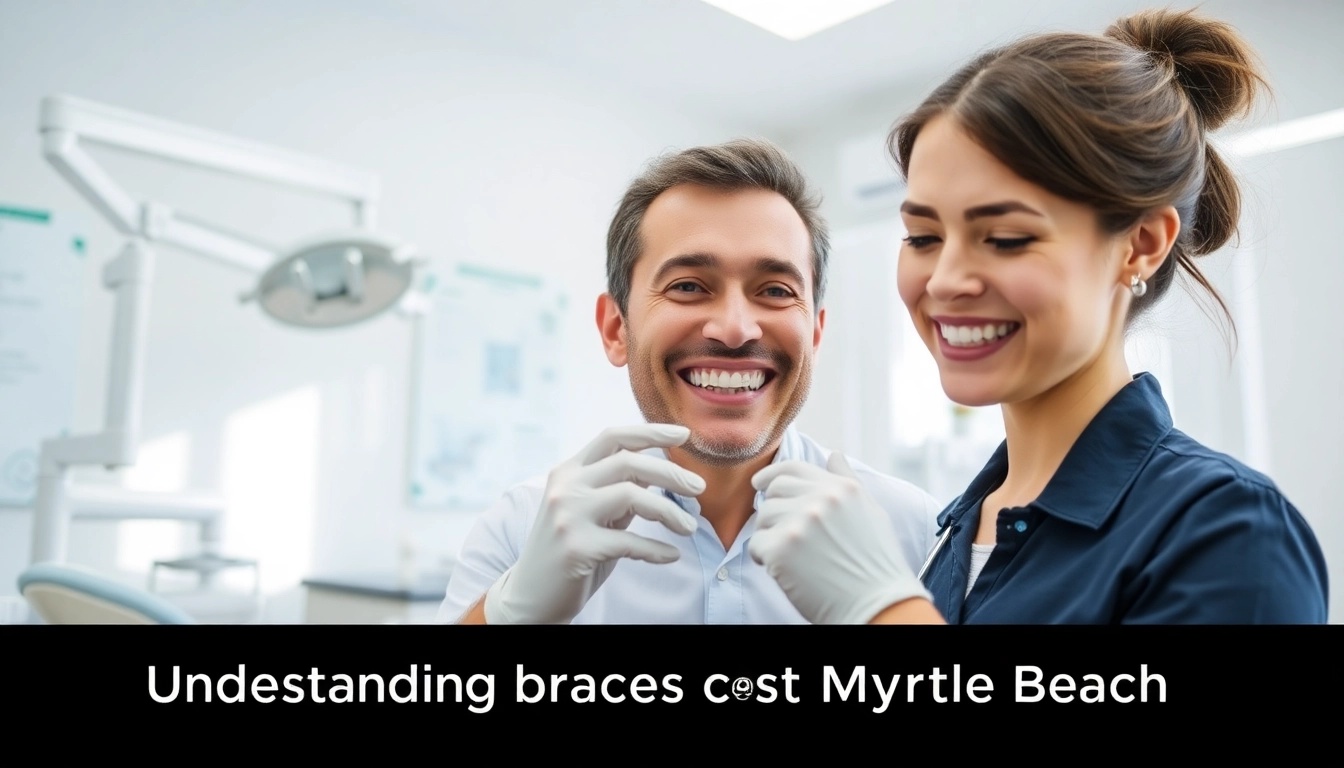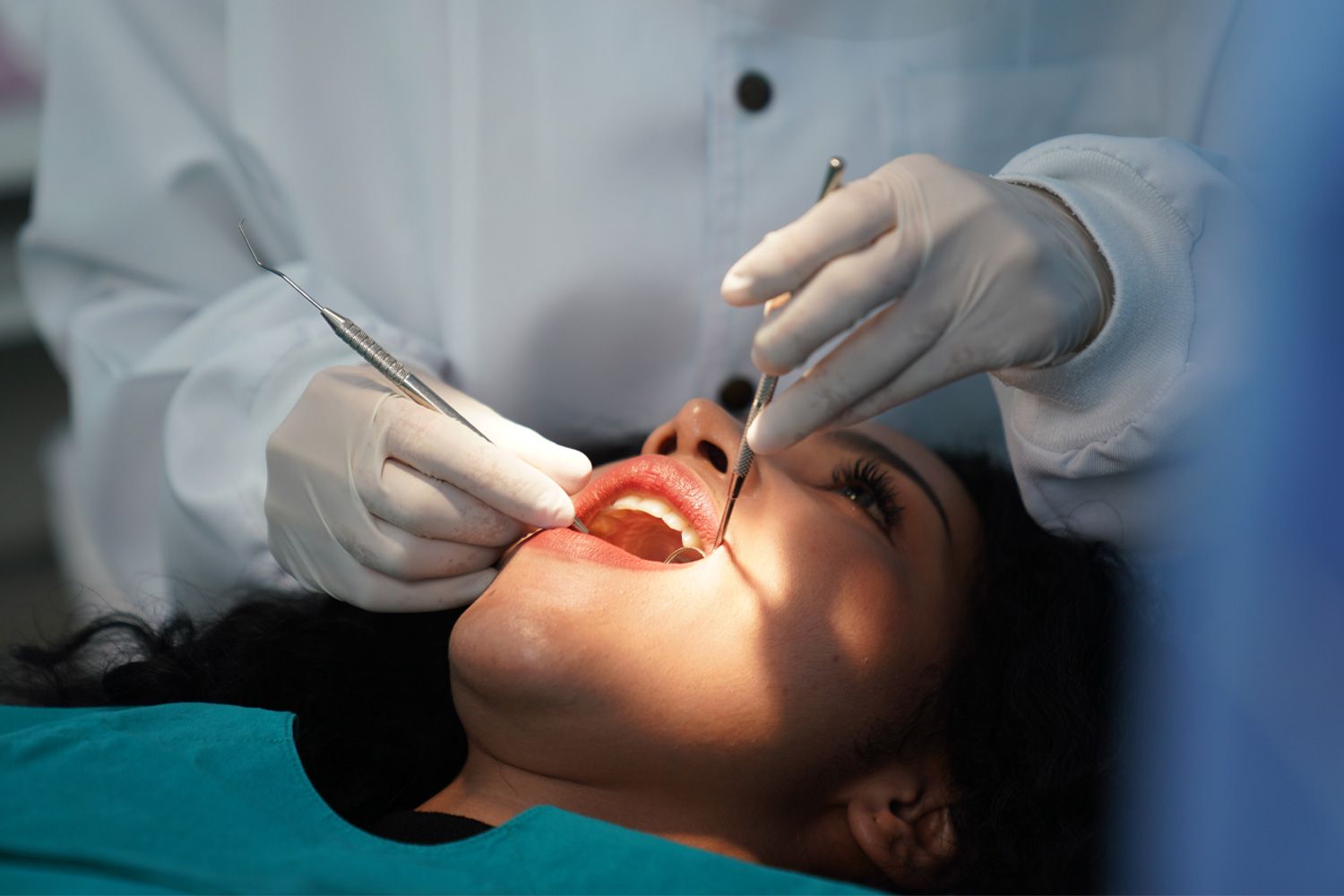Understanding Braces Cost Myrtle Beach
Getting braces is a significant commitment for many individuals and families. The journey towards a healthier, straighter smile begins with understanding the investment required. This article delves deep into the braces cost Myrtle Beach, addressing average costs, factors that influence pricing, and local insights to help you make informed decisions.
Overview of Average Costs
In Myrtle Beach, the cost of braces can vary widely based on several factors. On average, traditional metal braces can range from $3,000 to $7,000, while clear aligners like Invisalign typically fall between $3,500 and $8,000. These costs often include initial consultations, follow-up appointments, and some degree of necessary maintenance, but it’s crucial to understand that various elements can skew these averages.
Factors Influencing Prices
Several key factors affect the overall cost of braces. These include:
- Type of braces: Traditional metal braces are usually more affordable than ceramic braces or clear aligners. The materials used and the technology incorporated into these braces significantly impact pricing.
- Duration of treatment: The length of time required to achieve the desired results influences costs. Treatments lasting longer than average (typically 18-24 months) could lead to higher expenses.
- Location: Prices can vary regionally. For instance, urban practices may charge more due to higher overhead costs compared to rural practices.
- Orthodontic experience: An experienced orthodontist may charge more based on their skill and reputation, which can directly correlate with better outcomes.
Local Pricing Insights
To provide better context for Myrtle Beach residents, it’s essential to look at local pricing. The general variation may be due to the state of South Carolina’s overall pricing structure for orthodontic care, where traditional braces go for $3,000 to $7,000. Patients should also consider contacting various local orthodontists for quotes and potential package deals that may not be immediately advertised. Many practices offer free consultations, providing a good opportunity to assess pricing and treatment plans.
Types of Braces Available
When considering braces, understanding the different types available can help in making the best choice for both budget and lifestyle. Each option comes with its unique advantages and disadvantages.
Traditional Metal Braces
Traditional metal braces are the most commonly used orthodontic treatment. Made of high-grade stainless steel, they are durable and effective in correcting various dental issues. While they are often associated with a bulky and noticeable appearance, advancements in design have made them more comfortable. Their cost-effectiveness is a significant draw for many patients.
Ceramic Braces
Ceramic braces function similarly to traditional braces but use transparent or tooth-colored brackets that blend in with the natural teeth. They are less visible, making them a preferred choice for adults and teenagers who are concerned about aesthetics. However, they may be more expensive and require more maintenance than traditional metal braces.
Invisalign Options
Invisalign is a modern alternative to traditional braces. It involves a series of clear, removable aligners tailored to fit the patient’s mouth. While the aesthetic appeal is higher, the cost also tends to be slightly more than that of traditional braces. Treatment periods can be comparable, depending on the severity of the case, but patients also benefit from fewer office visits.
Payment Plans and Financing Options
Understanding the financial commitment is essential when deciding on braces. Luckily, various payment options can help ease the burden of up-front costs.
Insurance Coverage for Braces
Many dental insurance plans offer partial coverage for orthodontic treatments, often covering a significant portion of the costs associated with traditional braces. It’s crucial for patients to check their individual policies to understand what is covered. Consulting with the insurance provider prior to treatment can save headaches later.
Flexible Payment Plans
Many orthodontic practices provide flexible payment plans that allow patients to pay for braces over time. This can range from low monthly installments to interest-free financing options. Understanding these plans can make braces more accessible for families on a budget.
Financial Assistance Programs
Some communities and orthodontic practices offer financial assistance or sliding scale fees based on income. It is worth investigating if your local orthodontist has such programs, which can significantly reduce the cost burden, especially for low-income families.
What to Expect During Treatment
The journey of orthodontic treatment involves several steps, each playing a crucial role in achieving the desired outcome.
Initial Consultations and Assessments
The first step typically involves an initial consultation where the orthodontist examines the patient’s teeth and forms a treatment plan. This often includes taking X-rays and creating impressions. During this visit, patients can discuss their goals and ask any pertinent questions regarding braces or treatment timelines.
Duration of Treatment
The time it takes to complete orthodontic treatment varies significantly by the individual condition of the patient’s teeth. Most treatments generally last between 18 and 24 months for braces, while Invisalign typically requires a comparable time frame. Regular follow-ups are required to monitor progress and make any adjustments as necessary.
Regular Check-ups and Maintenance
Routine visits to the orthodontist are essential throughout treatment. These appointments often involve adjusting the braces or replacing aligners. The frequency of visits usually ranges between 4 to 8 weeks, based on the treatment plan designed for the patient.
Benefits of Orthodontic Treatment
Investing in braces provides numerous benefits beyond simply improving aesthetics.
Improved Dental Health
Correcting misaligned teeth can significantly enhance oral health. Misalignment often leads to uneven wear on teeth, gum disease, and increased risk of cavities. Braces help address these issues, leading to better long-term dental health.
Enhanced Aesthetics and Confidence
A beautiful smile can greatly enhance self-esteem. Many individuals, especially teenagers, feel more confident after completing orthodontic treatment. The psychological benefits of having straight teeth shouldn’t be understated, particularly during formative years.
Long-term Cost Savings
While braces may seem expensive initially, they can lead to cost savings in the long run. By preventing dental issues associated with misaligned teeth, patients can avoid more significant and costly dental procedures down the line.



